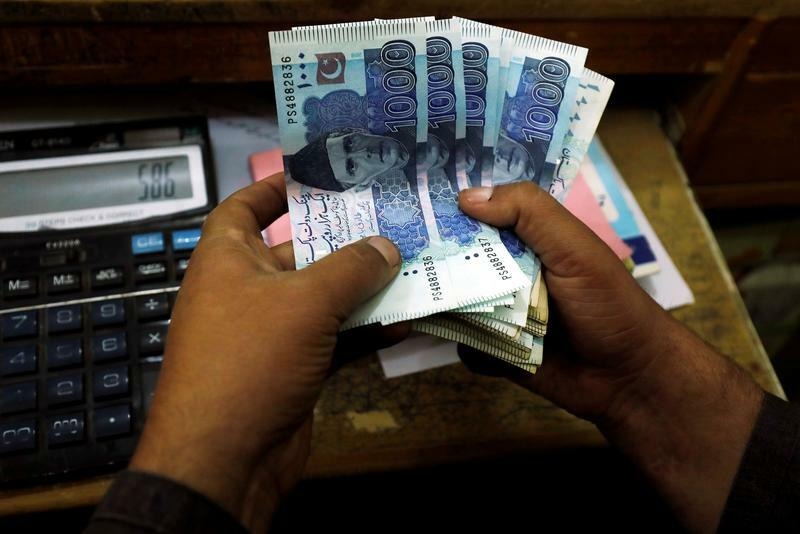Barring Sri Lanka: Pakistan's rupee worst performer in region during 2022
- Posts depreciation of 17.5% YTD despite 10 sessions of gains
Despite the significant gains since July 28, the Pakistani rupee (PKR) remained the worst-performing currency in the region after the Sri Lankan Rupee during 2022, data showed on Monday.
By the end of Monday's session (August 15), the rupee, which had kicked off the year at 176.51 against the US dollar, depreciated 17.5%.
Barring Sri Lanka that announced a default in April 2022, the Pakistani currency was the worst performer by a stretch, with Bangladesh (9.4%) and Korea (8.9%) following, a note by brokerage house Topline Securities showed.
The dataset featured 12 major Asian economies including Philippines, India, Malaysia, China, and Vietnam among others.

10th successive gain: Rupee closes near 214 against US dollar
The rupee's value has become a major issue for Pakistan that has seen extreme volatility in its movement. During 2022, it has remained at the receiving end owing to import payments, drop in foreign exchange reserves and political uncertainty, which eventually pushed the currency to a record low near 240 on July 28. During that month, the rupee registered its worst monthly performance in over 50 years.
Since then, the currency has strengthened consistently against the US dollar in the inter-bank market. In the last ten sessions, the rupee has appreciated by Rs25.96 or 12.1% and is currently near the 214 level.
However, despite the recent gains, the rupee remains one of the worst performing currencies in the region.
Earlier this month, Acting Governor of the State Bank of Pakistan (SBP) Dr Murtaza Syed said that the central bank believes that the rupee is undervalued at the moment and the dollar has overshot in the forex market due to several reasons; however, he hoped that it will come down to its real value in 2-3 months.
Last month, Dr Syed said Pakistan is not among the most vulnerable countries in the world and the capable team of the central bank is engaged with global institutions to overcome the present adversities in the international economic environment. His comments came as comparisons were being drawn with Sri Lanka that defaulted on its $51 billion external debt.

























Comments
Comments are closed.